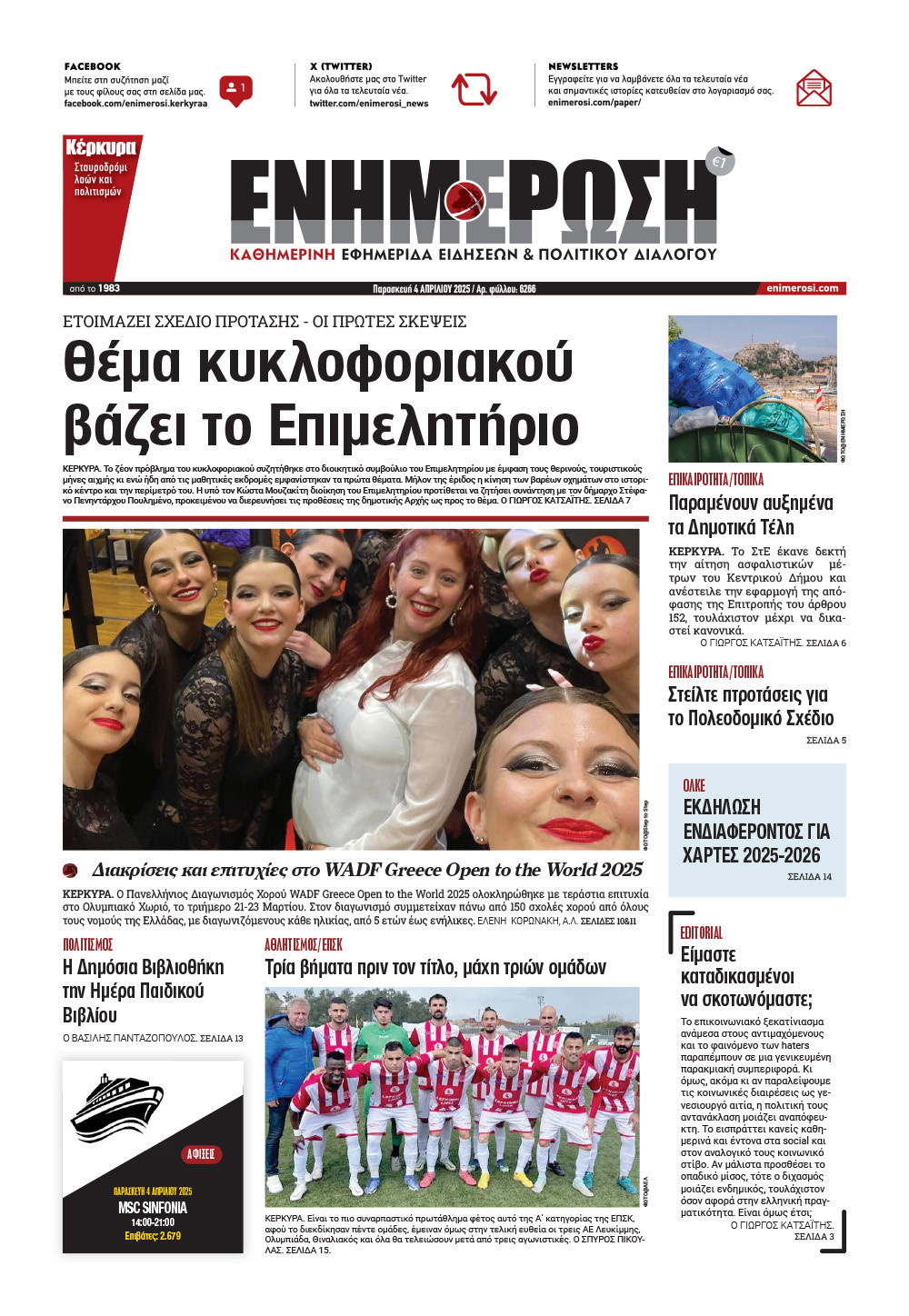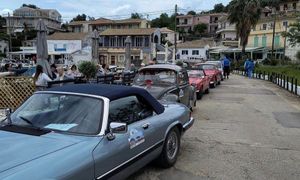North Corfu Municipality: Discovering the hidden treasures of Antinioti Lagoon

CORFU. Pupils from Italy, Poland and Corfu 3rd High School took part in the ERASMUS KA210 project.
(Spyridoula Kokkali) Today, as part of the Erasmus KA210 programme "Our Future in One Water Drop", we had the pleasure of accompanying pupils from Greece, Italy, and Poland on a unique tour of the Antinioti Lagoon, under the auspices and organisation of the Municipality of North Corfu.
With the invaluable assistance and presence of the Municipality's Civil Protection team, and in particular the Head of the Civil Protection Service, Giorgos Mavropoulos, we started from the Buka at the Lagoon in Agios Spyridonas and ended at Paliobuka in Almyros.
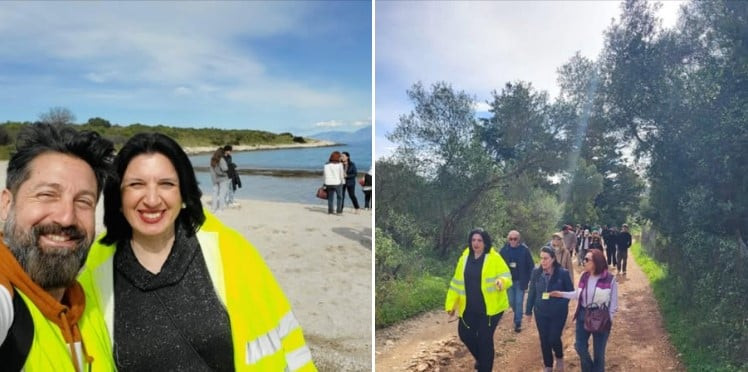
On our route :
-
We passed through Nisos.
-
We talked about the Lutra lutra (otter) and the legless lizard, which migrate from Lake Butrint in Albania to our lagoon to mate.
-
We admired the Monastery of Saint Catherine and the Pillbox (bunker).
-
We visited Gialiskari Beach and the cove of Saint Catherine.
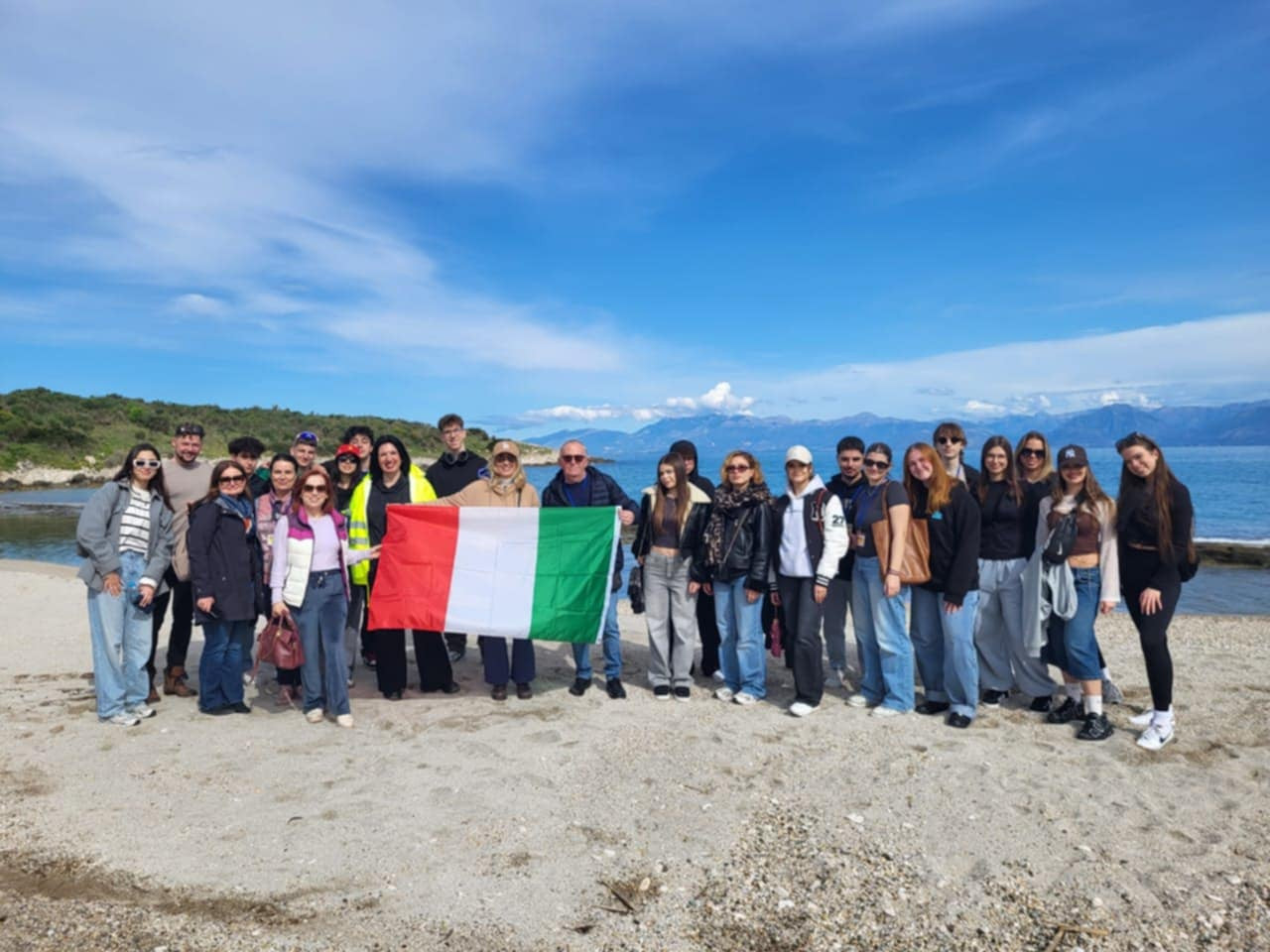
We talked about the unique flora of the area:
-
Asphaka (Phlomis fruticosa): Also known as phlomis or asphaka, this hardy shrub with its yellow flowers is a favourite among bees and has been used in folk medicine for its anti-inflammatory properties. The dried branches of asphaka were historically a key material in charcoal production, which played a crucial role in making gunpowder during the Greek War of Independence in 1821. The charcoal from asphaka burned smoothly and efficiently, making it ideal for gunpowder production.
-
Spartium junceum (Spanish Broom): This plant, known as sparto, is distinguished by its bright yellow flowers and resilience to dry conditions. Its fragrance is characteristic of the Mediterranean landscape. Traditionally, its fibres were used to make textiles and ropes.
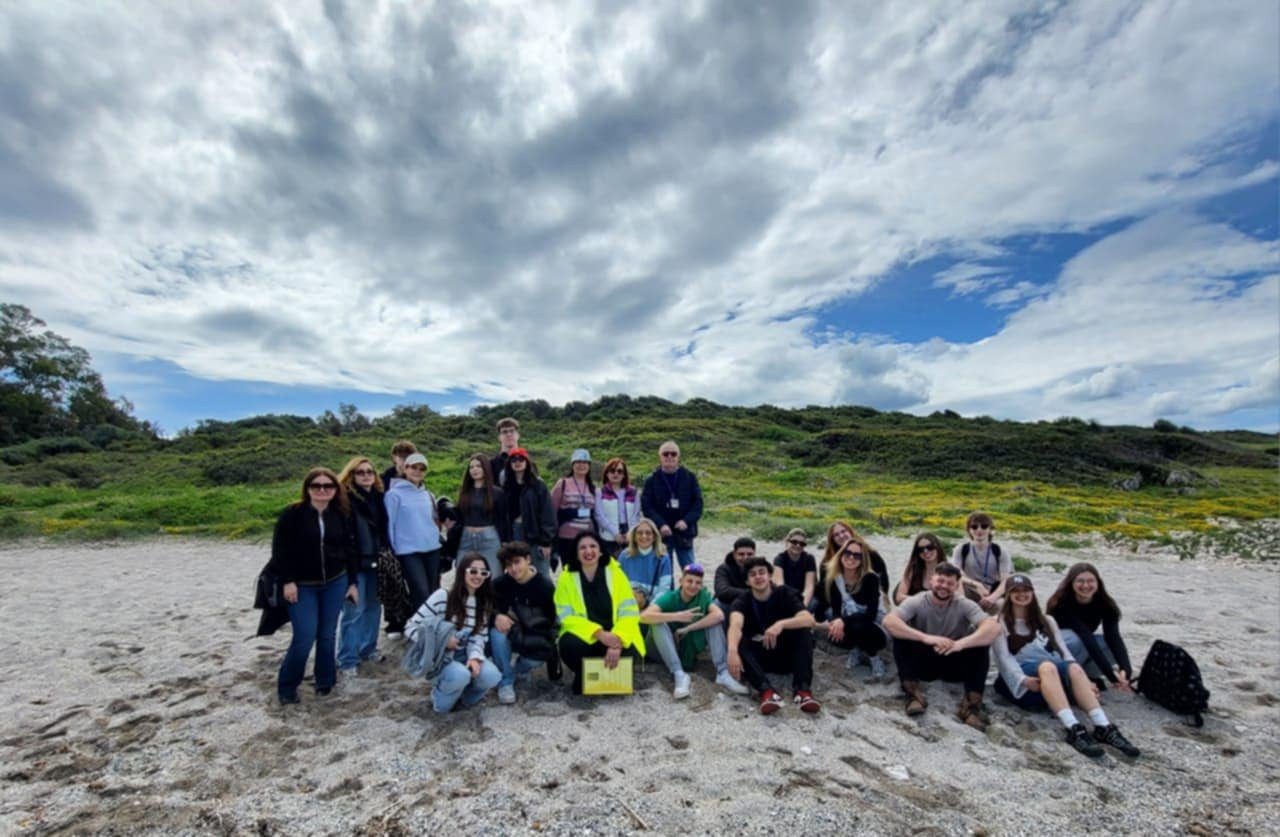
-
Asphodelus (Asphodel): A mythical plant linked to ancient Greece, as the ancients believed that the souls of the dead wandered in the Asphodel Meadows.
-
Orchis (Orchidaceae – Salep): The tubers of certain wild orchids are used to prepare salep, a beverage known since antiquity for its warming and beneficial properties. Salep is considered a fortifying drink and was especially popular among travelling caravaneers and mountain-dwelling people.
-
Narcissus (Daffodil): This beautiful, fragrant flower inspired the myth of Narcissus, the young man who fell in love with his own reflection. In nature, it is a hardy plant that signals the arrival of spring.
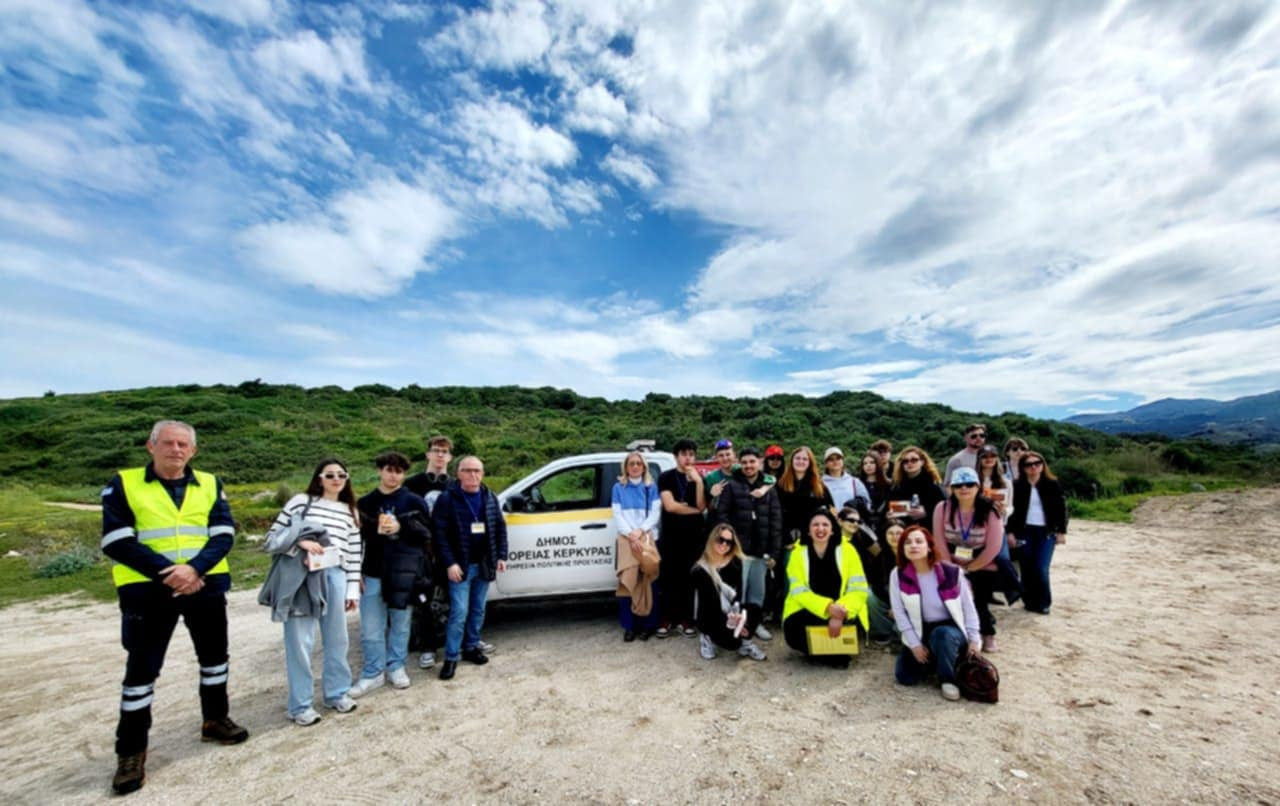
A big thank you to Corfu 3rd High School, Principal Iphigenia Rakopoulou, and teachers Spyridon Kontostanos, Fotini Chondrogianni, Stamatella Kouda, Gerasimos Gasteratos, Ioanna Kompoliti and Gerasimos Polymeris for their trust and collaboration in today's activity.
We continue to protect and highlight our natural heritage!



